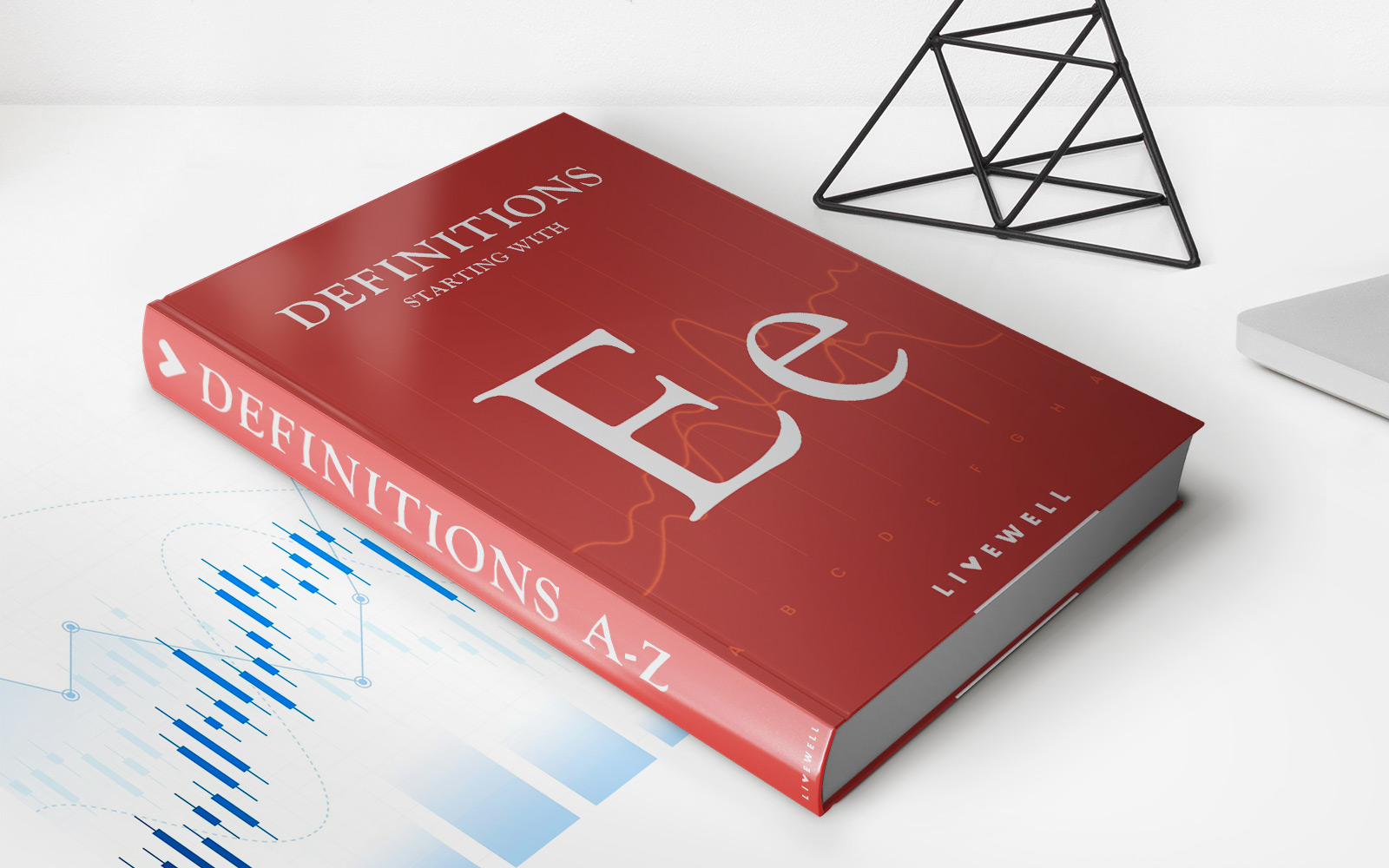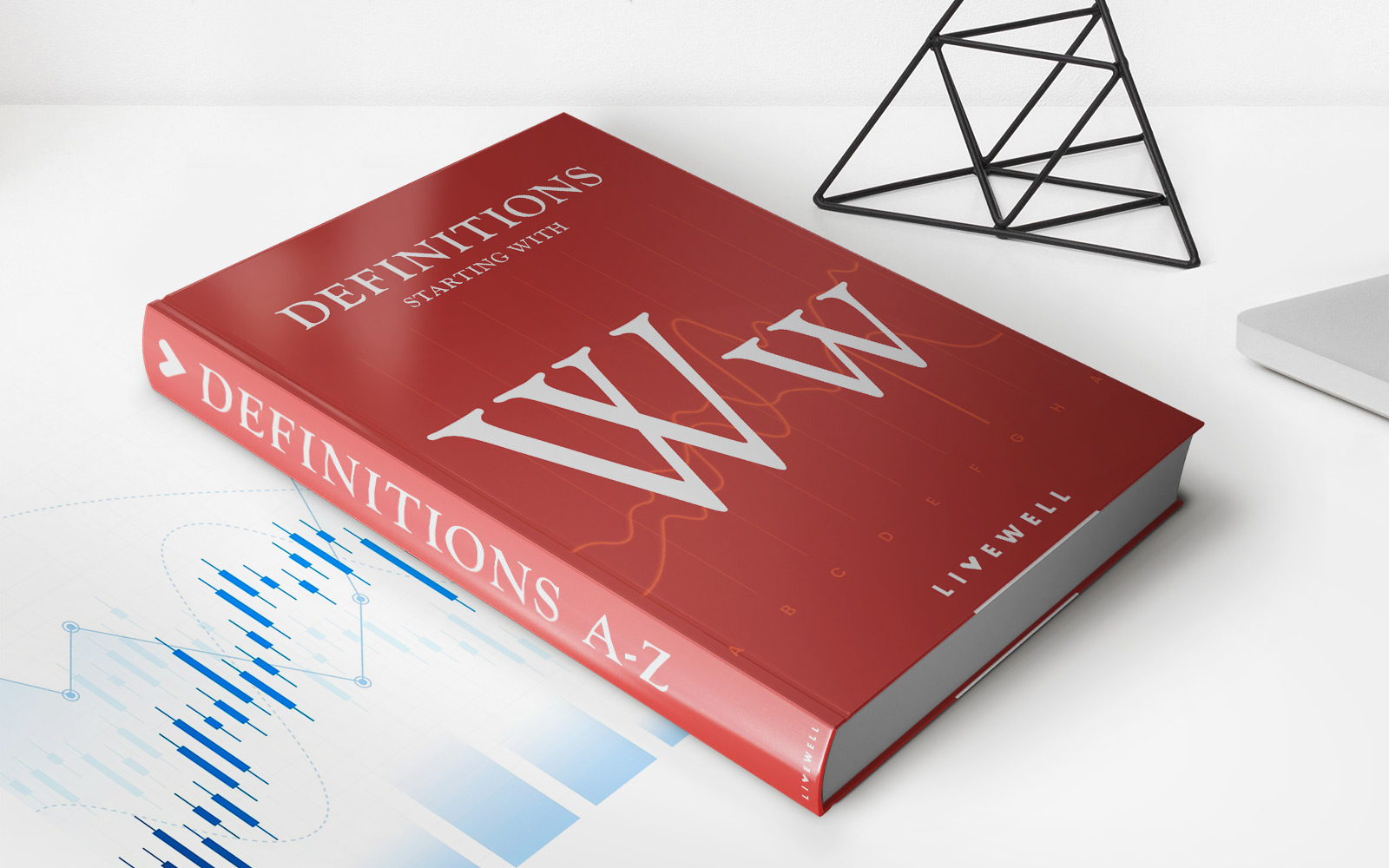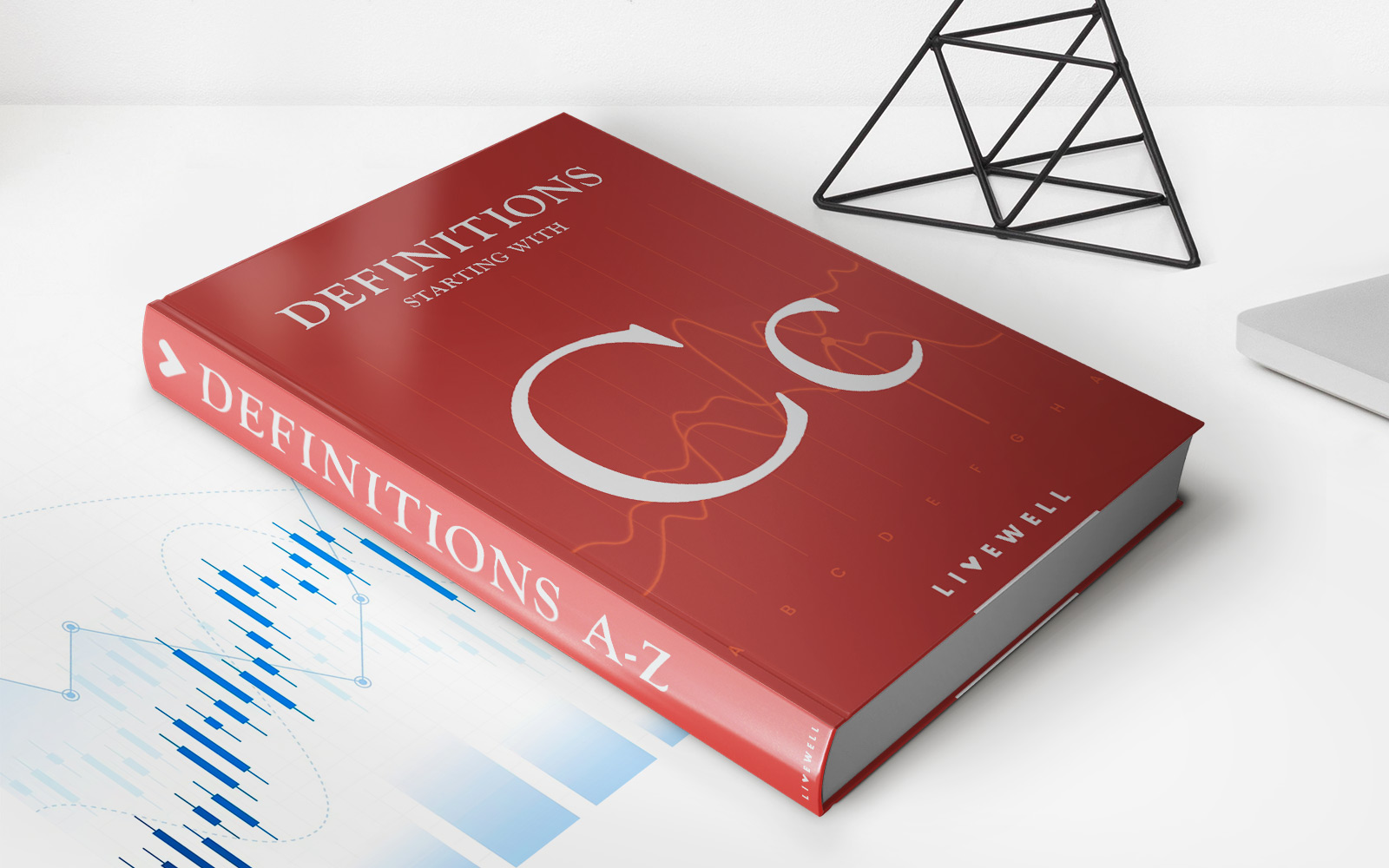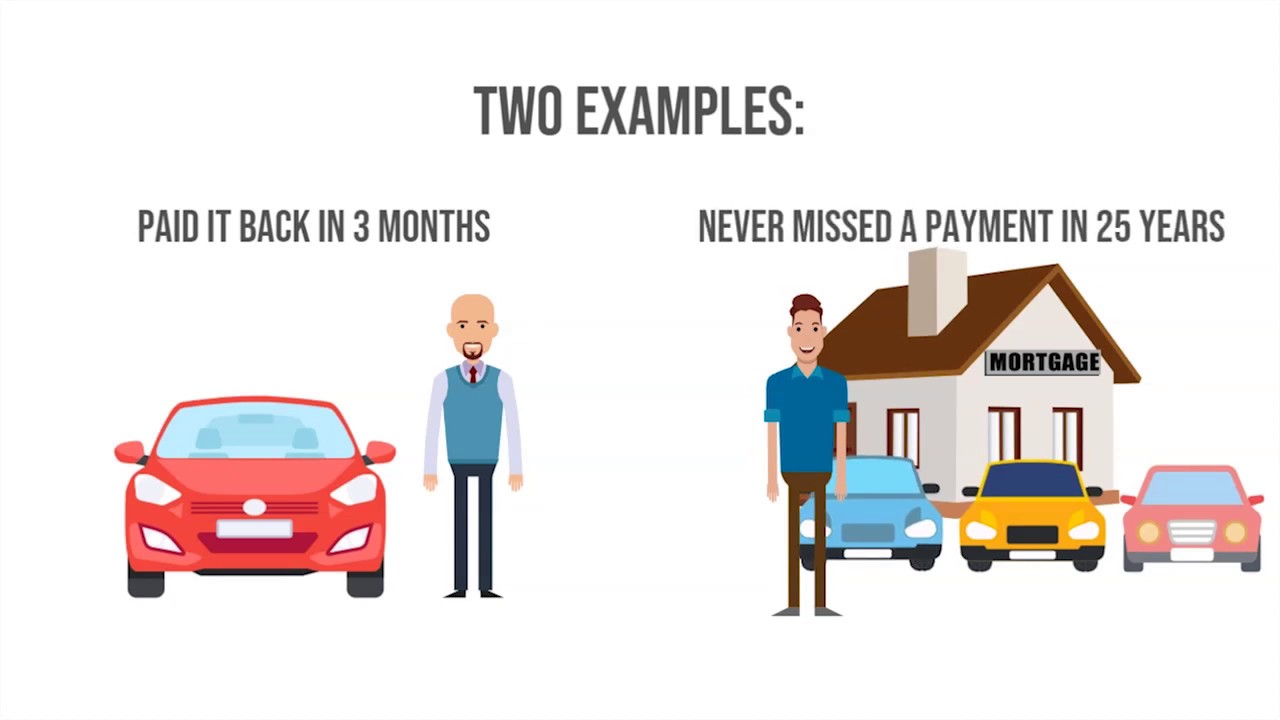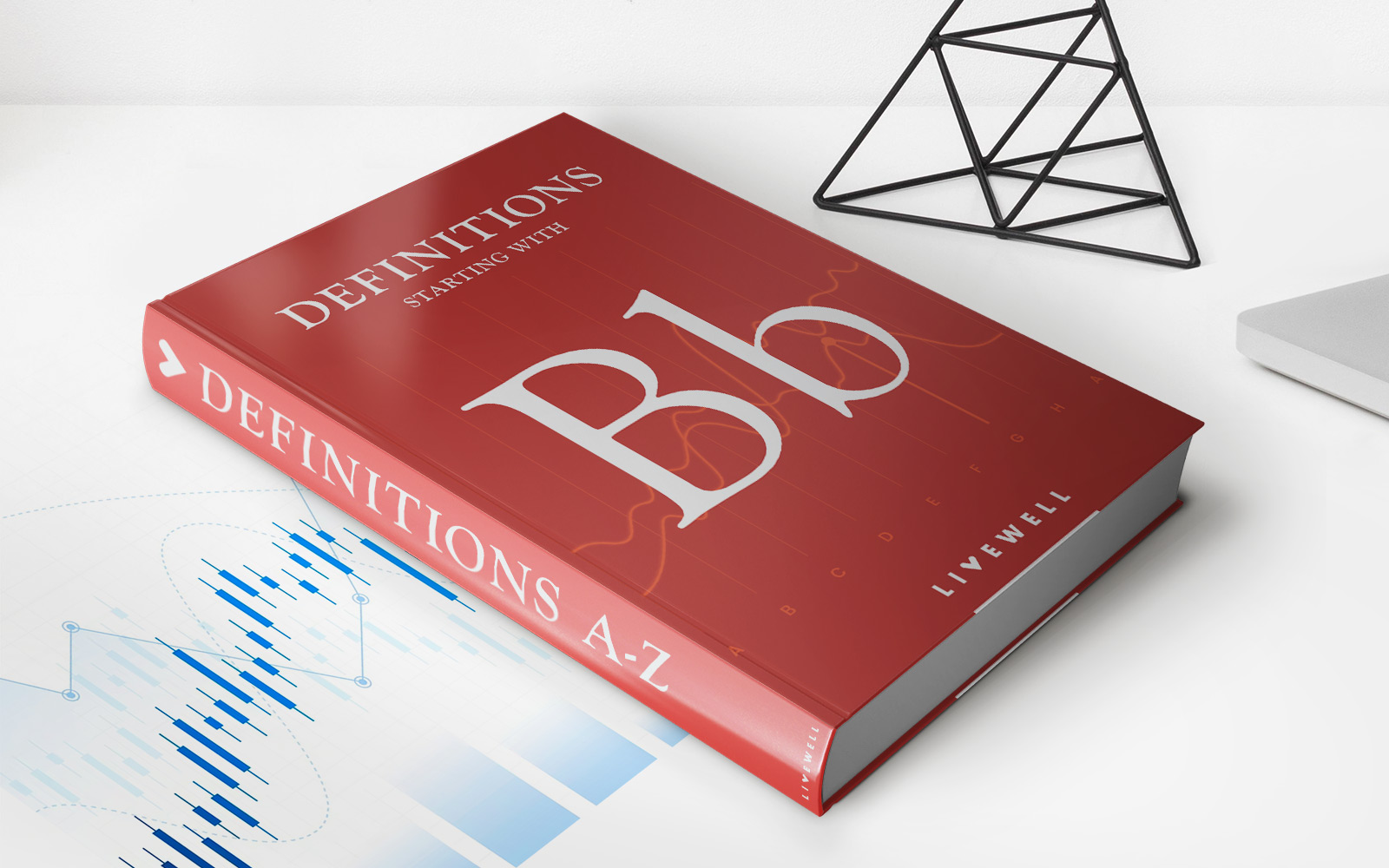

Finance
What Loans Are Exempt From ATR Rule?
Published: February 17, 2024
Learn about the types of loans exempt from the Ability-to-Repay (ATR) rule in finance. Find out which loans are not subject to ATR requirements.
(Many of the links in this article redirect to a specific reviewed product. Your purchase of these products through affiliate links helps to generate commission for LiveWell, at no extra cost. Learn more)
Table of Contents
Introduction
The Importance of Understanding ATR Rule Exemptions
The Ability-to-Repay (ATR) rule, established by the Consumer Financial Protection Bureau (CFPB) in the aftermath of the 2008 financial crisis, is a crucial regulation designed to protect consumers from irresponsible lending practices. The ATR rule requires mortgage lenders to determine a borrower's ability to repay a loan before extending credit, thereby promoting responsible lending and reducing the risk of borrower default.
However, not all loans are subject to the ATR rule. Understanding the types of loans that are exempt from this regulation is essential for both borrowers and lenders. While the ATR rule serves as a safeguard for most borrowers, certain loan products fall outside its scope, offering unique opportunities and considerations.
In this article, we will explore the categories of mortgages and loans that are exempt from the ATR rule. By gaining insight into these exemptions, borrowers and lenders can make informed decisions, navigate the lending landscape more effectively, and leverage the available options to meet their specific financial needs. Let's delve into the world of ATR rule exemptions to uncover the nuances of lending that lie beyond its regulatory scope.
Mortgages Exempt from ATR Rule
Understanding the Exceptions in Mortgage Lending
While the ATR rule applies to most mortgage loans, there are specific exemptions that warrant attention. One notable category of mortgages exempt from the ATR rule includes those extended by certain types of lenders, such as community development financial institutions (CDFIs) and housing finance agencies (HFAs). These entities play a vital role in providing access to credit for underserved communities and promoting affordable housing initiatives. As such, their mortgage products are exempt from the ATR rule, allowing for more flexible underwriting criteria tailored to the needs of the communities they serve.
Additionally, mortgages classified as “qualified mortgages” (QM) are subject to a separate set of standards and are, therefore, exempt from the ATR rule. Qualified mortgages adhere to specific guidelines that mitigate risk for lenders and provide certain protections for borrowers. This exemption acknowledges the stringent underwriting and product features inherent in qualified mortgages, which align with the ATR rule’s underlying objectives.
Furthermore, mortgages with temporary or introductory interest rates, commonly known as “teaser-rate” mortgages, are also exempt from the ATR rule. These mortgages offer initial interest rates lower than the fully indexed rate, providing borrowers with an affordable entry point into homeownership. However, it is crucial for borrowers to understand the potential adjustments in interest rates after the introductory period and to assess their ability to manage potential payment increases.
It is important to note that while these exemptions offer certain advantages, they also entail considerations that borrowers should carefully evaluate. Understanding the nuances of these exemptions empowers borrowers to make well-informed decisions when exploring mortgage options beyond the scope of the ATR rule.
Loans Exempt from ATR Rule
Exploring Diverse Loan Categories Beyond ATR Rule Oversight
While the ATR rule sets standards for responsible lending in the mortgage market, it is important to recognize that certain types of loans fall outside its regulatory purview. One notable category of loans exempt from the ATR rule encompasses non-qualified mortgages (non-QM), which encompass a diverse range of loan products that do not meet the qualified mortgage criteria. Non-QM loans offer flexibility in underwriting criteria and cater to unique borrower circumstances, such as self-employment income or complex financial profiles, that may not align with traditional QM standards.
Moreover, commercial loans, including business purpose loans and commercial real estate loans, are exempt from the ATR rule. These loans serve the distinct needs of businesses and investors, and their underwriting considerations differ from those of consumer-purpose mortgages. By operating outside the ATR rule’s scope, commercial loans accommodate the complexities of commercial transactions and contribute to the vitality of entrepreneurial endeavors and real estate development.
Additionally, certain types of open-end credit plans, such as home equity lines of credit (HELOCs) and credit cards, are exempt from the ATR rule. These revolving credit facilities offer ongoing access to funds based on the available equity in a property or a predetermined credit limit. While these credit products provide financial flexibility, borrowers should exercise prudence in managing revolving credit balances and assessing their ability to handle variable interest rates and payment fluctuations.
Understanding the diversity of loans exempt from the ATR rule empowers consumers and businesses to navigate the lending landscape with clarity and discernment. By recognizing the distinct features and considerations associated with these exempt loan categories, borrowers and lenders can make informed choices aligned with their specific financial objectives.
Conclusion
Navigating the Varied Terrain of ATR Rule Exemptions
As we conclude our exploration of loans and mortgages exempt from the Ability-to-Repay (ATR) rule, it becomes evident that the lending landscape encompasses diverse categories that extend beyond the regulatory scope of the ATR rule. By understanding these exemptions, both borrowers and lenders can gain valuable insights into the unique opportunities and considerations associated with each loan category.
While the ATR rule serves as a crucial safeguard for most mortgage borrowers, the exemptions carve out space for tailored lending solutions that cater to specific community needs, borrower profiles, and business purposes. From mortgages extended by community development financial institutions (CDFIs) to non-qualified mortgages (non-QM) designed for unconventional borrower scenarios, the exempt loan categories offer a spectrum of options that reflect the multifaceted nature of lending.
It is essential for borrowers to approach these exempt loan categories with a discerning mindset, carefully evaluating the features, risks, and suitability of each loan product in alignment with their financial goals. Similarly, lenders operating within the realms of these exemptions must uphold responsible lending practices, ensuring that borrowers receive transparent information and suitable loan structures that align with their financial capacities.
By acknowledging the exemptions within the ATR rule, stakeholders in the lending ecosystem can foster a more comprehensive understanding of the lending options available and the corresponding responsibilities inherent in both borrowing and lending. This nuanced perspective empowers individuals and businesses to make informed decisions, cultivate financial resilience, and contribute to the sustainable growth of communities and enterprises.
Ultimately, the landscape of ATR rule exemptions underscores the dynamic interplay between regulatory frameworks and the evolving needs of borrowers and businesses. As the lending landscape continues to evolve, a nuanced understanding of ATR rule exemptions will serve as a guiding compass, enabling stakeholders to navigate the terrain of lending with prudence, adaptability, and a commitment to financial well-being.
